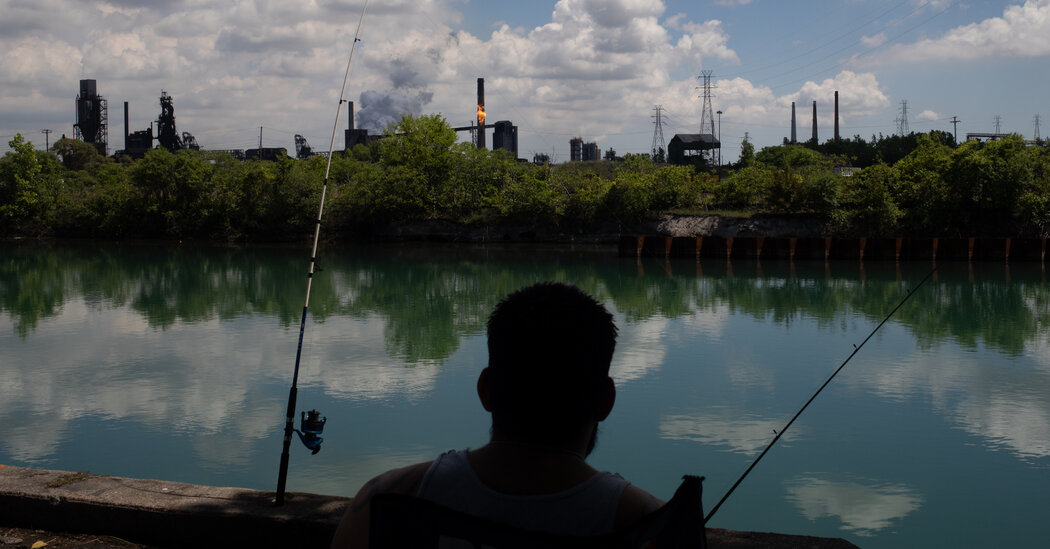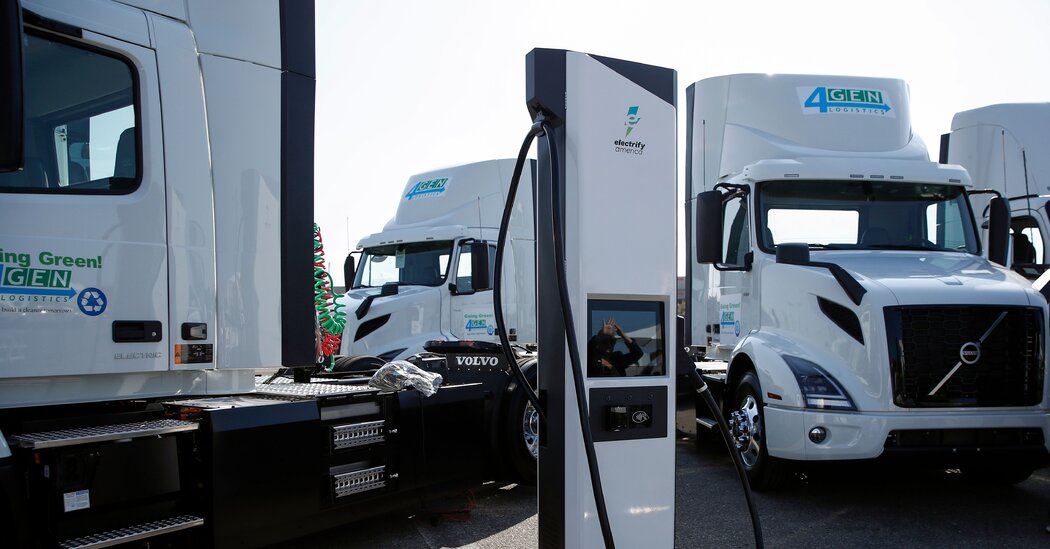Alvin Submersible Dive Reveals Wonder and Danger of Risky Pursuits
We fell for an hour, the views out of our observation ports fading slowly to pitch darkness. That made it all the more interesting when, at the bottom of the Pacific Ocean in our three-person submersible, a mile and a half down, we lost power and the lights went out.
It was my first submersible dive, in 1993. We were some 250 miles off the Oregon coast, exploring the geological features of the seabed in Alvin, a famous craft operated by the Woods Hole Oceanographic Institution in Massachusetts. Our expedition was moving into its third week. Alvin had gone down repeatedly. Now it was the expedition’s last dive after days of frustration caused by bad weather and struggles to find what the scientists were hunting for. And, finally, it was my turn.
As a journalist fascinated by the technological feats of a new generation of small submarines, actually diving in one helped me understand a number of things: the scientific importance of such dives, why humans can often accomplish more in the deep sea than robots and why people are eager to engage in such dangerous pursuits. My experience also illuminates the risks that the passengers of the Titan submersible ran when they decided to dive on the resting place of the Titanic.
Our own target was a gnarled field of lava from a recent volcanic eruption that icy seawater had turned into a frozen lake of eruptive fury. The scientists on the expedition, led by John R. Delaney, a geologist from the University of Washington, expected to find the field dotted with hot plumes of mineral-rich water that produced towering chimneys of rock and fed strange forms of life, including thickets of tube worms. But so far they had struck out because of poor weather and equipment difficulties.
“May the force be with you,” a dive controller aboard the submersible’s mother ship said over the hydrophone as we began our descent. For me, Dr. Delaney and our pilot, Robert J. Grieve, this dive was a chance to help the expedition end on an upbeat note. Each of us looked out our own observation port and had responsibilities for telling each other what we could see in the undersea gloom.
If cramped, Alvin’s passenger sphere was surprisingly comfortable; it was lined with soft cushions and felt a bit like a compact spaceship. There were dials and switches galore for backup systems. Everything spoke of careful planning. Outside my observation port, I saw an endless parade of rippling, bioluminescent organisms.
We reached bottom around 9:30 a.m. and proceeded to fly over endless fields of pillow-shaped lava. After an hour of fruitless searching, we came upon our first big discovery — a Reebok shoe that had sunk into the abyss, a jarring observation given the gravity of our hunt.
Slowly our tiny sphere grew colder. I put on a sweater.
When the lights went out, my experienced companions insisted it was nothing to worry about. Our pilot soon had us moving again, on backup power.
Then, at 11:30 a.m., after what seemed like many hours of viewing endless mounds of lava, we came upon a giant chimney looming up out of the dark.
“It’s hot,” reported our pilot, Mr. Grieve. “It’s got tube worms all over it.”
A riot of life flourished on the unworldly monolith, which stood three or four stories high: four-to-five-inch tube worms, mats of white bacteria and iridescent, dark-red palm worms about an inch long. There were also swarms of miniature lobsters and at least two types of small corals.
We examined five large chimneys in all. Some of the small ones were actively venting hot water but were naked of life and quickly crumbled when Alvin’s mechanical arm tried to grab them. The hottest vent-water we measured was 543 degrees Fahrenheit, hot enough to cook pizza and melt many modern materials, including tin.
We had to remain perfectly still when Mr. Grieve used the sub’s robotic arm to take samples and measurements. At one point, I started doing breathing exercises to relax.
Suddenly, Mr. Grieve noticed that the temperature of the submarine’s skin was starting to rise. By accident, we had positioned ourselves over a hot vent, a potentially dangerous thing to do because the sub’s plastic windows could melt.
We quickly began our ascent, exhausted and happy.
I couldn’t imagine a robot doing what Dr. Delaney and Mr. Grieve had accomplished on our dive into the sunless depths. The two specialists performed a complicated dance of dexterous maneuvers based on close observations they made of the alien world around us. They also made snap decisions in the moment, moving away quickly from a serious threat.
On the way up, I watched the flashes of living light and wondered what else was out there.


